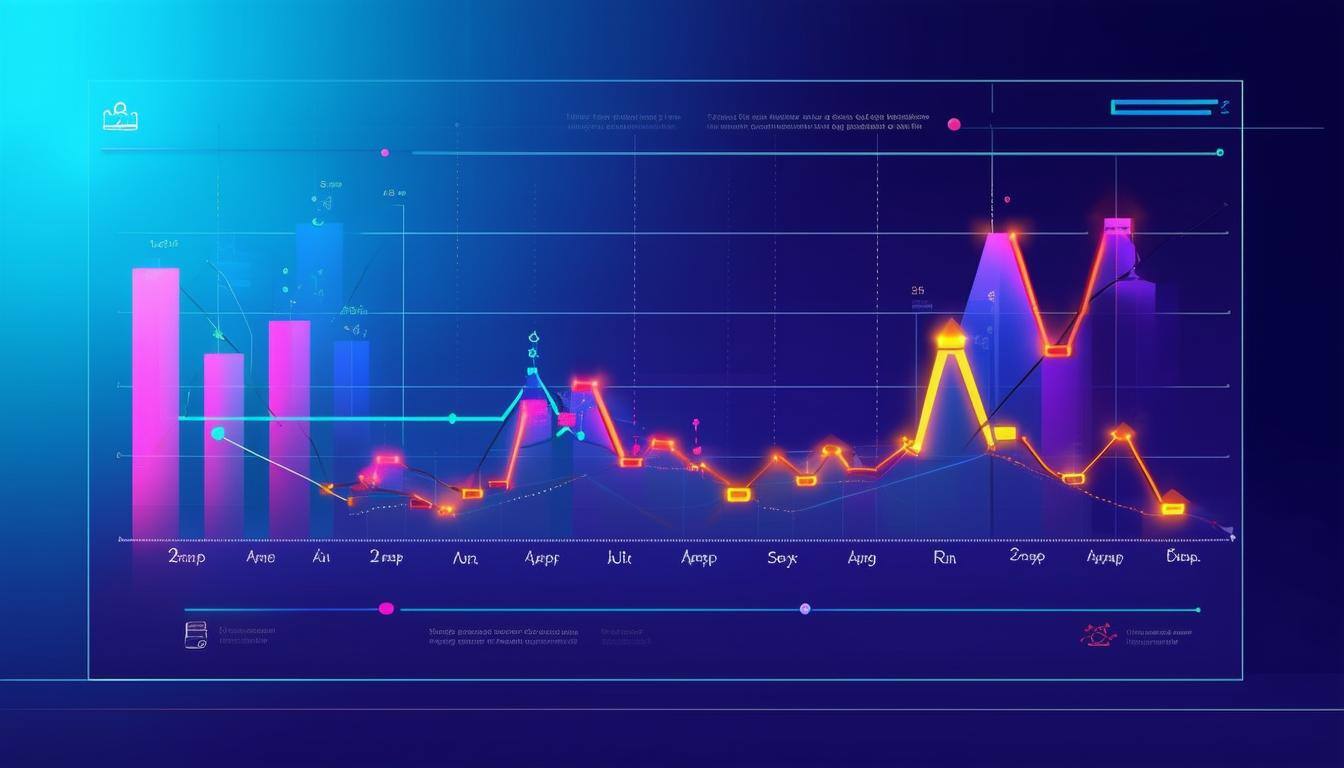Understanding Customer Churn: Calculate Churn Rate and Reduce Churn
In today's competitive business landscape, understanding customer churn and developing strategies to reduce it are paramount to sustaining growth and...
3 min read
Brian Polackoff
:
May 6, 2024 1:55:00 PM

Welcome to the world of Software as a Service (SaaS), where understanding churn is crucial for the growth and sustainability of any SaaS business. Churn, the rate at which customers stop subscribing to a service, can have a significant impact on a SaaS company's revenue. In this article, we will delve into the strategies to measure, reduce, and improve customer churn metrics.
Churn in SaaS refers to the percentage of customers who stop using the service during a specific period. It can be categorized into different types of churn in SaaS, such as voluntary churn, where customers choose to end their subscriptions, and involuntary churn, which occurs due to failed payments or other issues.
As mentioned earlier, churn in SaaS can be classified into various types, including voluntary churn, involuntary churn, and even negative churn, where existing customers increase their spending over time. Understanding these distinctions is crucial for implementing targeted strategies to reduce churn.
Calculating churn rate is essential for gauging the health of a SaaS business. It involves determining the percentage of customers who have churned over a specific period, typically monthly or annually. This calculation helps SaaS companies track churn metrics and make informed decisions to improve customer retention.
Churn metrics provide valuable insights into customer behavior and the effectiveness of customer acquisition and retention strategies. By analyzing churn rate, revenue churn, and customer churn rate, SaaS businesses can identify areas for improvement and focus on reducing churn to drive sustainable growth.
Measuring customer churn is essential for SaaS businesses to evaluate the health of their customer base and identify areas for improvement. Calculating customer churn rate involves determining the percentage of customers who have stopped using the service during a specific period, usually monthly or annually. By tracking churn metrics like SaaS churn rate and annual churn rate, companies can gauge their performance in retaining customers and make informed decisions to reduce churn.
Customer churn rate is calculated by dividing the number of customers who churned during a given period by the total number of customers at the start of that period, multiplied by 100. This calculation helps SaaS businesses understand the impact of churn on their customer base and revenue, enabling them to implement targeted strategies to improve customer retention.
Net Monthly Recurring Revenue (MRR) churn is another important metric for SaaS companies, measuring the net revenue lost from customers who have churned, factoring in any revenue gained from expansions or upgrades. By calculating net MRR churn, businesses can assess the overall financial impact of customer churn and work towards minimizing revenue losses.
A high churn rate can have detrimental effects on a SaaS business, leading to reduced revenue, decreased customer lifetime value, and a negative impact on brand reputation. Causes of high churn rates can vary, including poor product-market fit, inadequate customer onboarding, or lack of proactive customer support. Addressing these issues is crucial to reduce churn and foster long-term customer relationships.
Reducing churn is a top priority for SaaS businesses looking to sustain growth and profitability. By implementing effective strategies to measure, reduce, and improve customer churn metrics, companies can enhance customer retention and drive long-term success. Understanding the different types of churn, such as voluntary and involuntary churn, is crucial in developing targeted approaches to address the root causes of customer attrition.
There are various strategies that SaaS companies can adopt to reduce churn and improve customer loyalty. Engaging with customers through personalized communication, enhancing product usability, providing exceptional customer support, and offering incentives for customer retention are all effective ways to lower churn rates and increase customer lifetime value.
Improving churn rate requires a comprehensive approach that focuses on enhancing overall customer experience, optimizing pricing strategies, and continuously monitoring and analyzing churn metrics. By closely tracking SaaS churn rate, companies can identify patterns and trends that signal potential churn and take proactive measures to mitigate customer attrition.
While reducing churn is essential, it's also important to understand what constitutes an acceptable churn rate in the SaaS industry. Acceptable churn rates can vary depending on the type of SaaS business and market conditions. Companies should strive to maintain a balance between customer acquisition and retention efforts to achieve sustainable growth and profitability.
For SaaS businesses, optimizing churn metrics is essential to measure, understand, and improve customer retention. By enhancing how churn is calculated and measuring different types of churn alongside revenue churn, companies can gain valuable insights into their customer base and revenue streams.
Churn calculation methods play a crucial role in tracking the rate at which customers discontinue SaaS subscriptions. By accurately calculating churn rate, SaaS companies can assess customer attrition and take proactive measures to enhance retention strategies. Understanding the different methods to calculate churn is vital for obtaining precise insights into customer behavior.
Enhancing SaaS churn rate calculation involves refining the process of determining the percentage of customers who churn over a specific period. By improving the accuracy and efficiency of churn rate calculations, businesses can make better-informed decisions to reduce churn and boost customer loyalty. Utilizing advanced analytics and data tracking tools can aid in optimizing SaaS churn rate calculations.
Measuring revenue churn is paramount for SaaS companies to evaluate the financial impact of customer attrition. By tracking revenue lost from churned customers and any gains from expansions or upgrades, businesses can assess overall revenue stability and identify areas for revenue growth. Monitoring revenue churn metrics allows companies to implement targeted strategies to minimize financial losses resulting from customer churn.

In today's competitive business landscape, understanding customer churn and developing strategies to reduce it are paramount to sustaining growth and...

In the highly competitive landscape of Software as a Service (SaaS), customer churn is a critical metric that companies closely monitor to reduce...